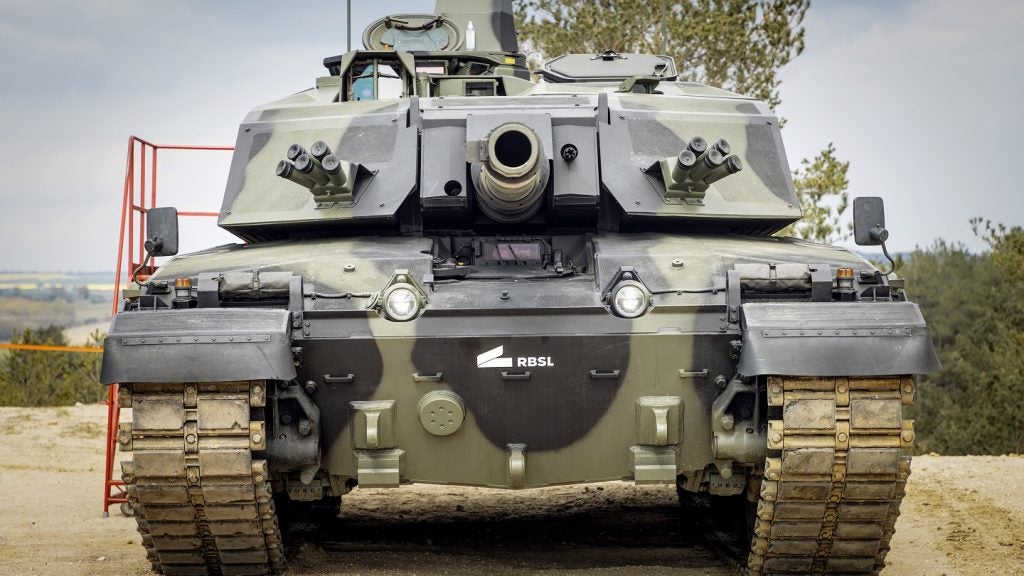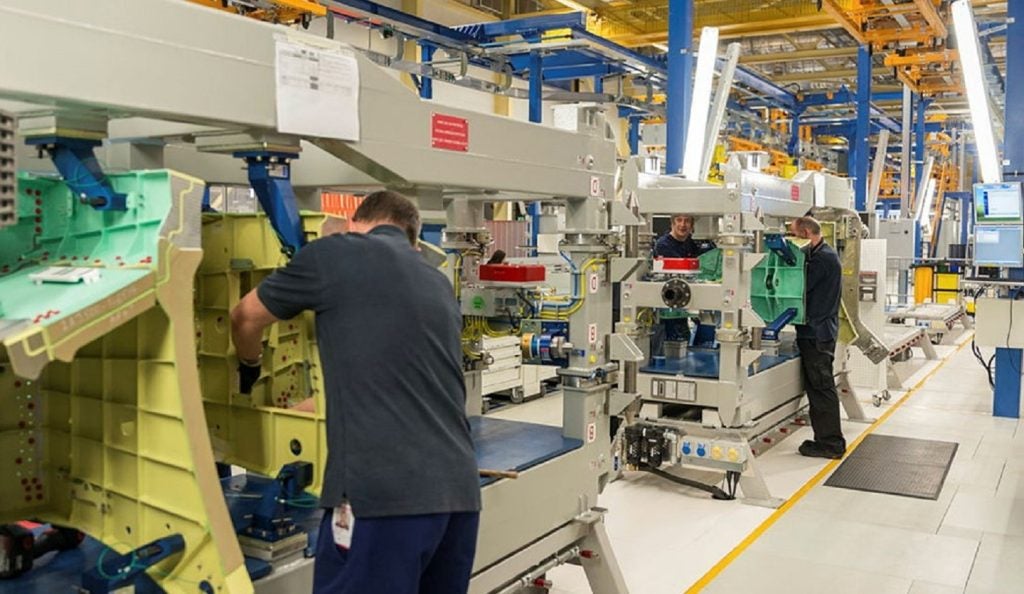

With advances in body armour technology and medical care, many more soldiers are now surviving horrific injuries sustained on the battlefield; survival sometimes comes with the prospect of living with severe injuries like loss of limbs, genital injuries, scarring and burn wounds. Many of these injuries also result in psychological trauma for soldiers, only adding to their burden.
For the US, the wars in Afghanistan and Iraq have resulted in over 51,000 soldiers being wounded in action. The enemy’s weapon of choice in both conflicts, the improvised explosive device, has led to a significant increase in blast trauma injuries among personnel. To overcome these injuries, soldiers often have to rely on treatment such as reconstructive surgery or prosthetics.
Now, advances in regenerative medicine – restoring the structure and function of tissue and organs, usually by using the patient’s own cells – may offer more effective treatments for wounded soldiers and, in turn, improve their quality of life.
Artificially grown bladders – the first successes
"Regenerative medicine, or tissue engineering, involves the use of cells, materials usually called biomaterials and then sometimes some growth stimulating or growth-enhancing agent," explains Dr Rocky Tuan, founding director of the Center for Military Medicine Research at the University of Pittsburgh. "You can regenerate whatever is missing or not working and also restore the function so it’s good as new, so to speak."
See Also:
Although still in its early scientific stages, regenerative medicine has already been demonstrated in several revolutionary procedures. In 2006, scientists led by Dr Anthony Atala from Wake Forest University successfully implanted bladders grown in a laboratory into patients with bladder disease.
How well do you really know your competitors?
Access the most comprehensive Company Profiles on the market, powered by GlobalData. Save hours of research. Gain competitive edge.

Thank you!
Your download email will arrive shortly
Not ready to buy yet? Download a free sample
We are confident about the unique quality of our Company Profiles. However, we want you to make the most beneficial decision for your business, so we offer a free sample that you can download by submitting the below form
By GlobalDataSince then, scientists have been able to artificially engineer heart valves, ears, fingers and even genitals using "oven-like" bioreactors. Last year, a bioengineered windpipe was implanted in a two-year-old girl, the youngest person ever to receive a lab grown organ and only the sixth operation of its kind to be carried out in the United States.
Leading the efforts to develop advanced regenerative medicine techniques for injured US military personnel is the Armed Forces Institute of Regenerative Medicine (AFRIM), a multi-institutional, interdisciplinary organisation. AFIRM – which was created by the US Army Medical Research & Materiel Command in 2007 – is a network of several leading universities, hospitals and private companies, and is co-funded by all the US military service arms.
From Bat Bombs and exploding rats to coal torpedoes and the skunk weapon, we reveal the world’s strangest weapons.
AFIRM was recently extended to a sixth year under the name AFIRM II led by Wake Forest University.
Dr Tuan, who is a also a co-director at AFIRM, says the institution currently has over 60 projects in its portfolio which fit into five programme areas including craniofacial regeneration, skin regeneration, genitourinary/lower abdomen reconstruction, extremity regeneration and composite tissue allotransplantation. Understandably, there is less focus on internal, organ-related regeneration for the armed forces.
One area which has received notable media attention is transplantation or, as AFIRM calls it, ‘limb and digit salvage’. In 2012, AFIRM sponsored the US’s first-ever double arm transplant for a soldier who had lost all his limbs in an IED blast in Iraq three years earlier. A surgical team led by Dr Andrew Lee from John Hopkins University took thirteen hours to connect the arms to 26-year-old Brendan Marrocco.
As part of AFIRM, John Hopkins University School of Medicine and University of Pittsburgh are developing a protocol for hand transplantations using donor bone marrow stromal cells in combination with novel fusion proteins, which is hoped will reduce immunosuppressive therapy for patients. Over a year since his operation, Marrocco is still undergoing treatment but his body has not rejected the new limbs.
Treating burns and scarring with spray-on skin
Another important area for the armed forces is skin regeneration, which includes treating burns and scars – common among injured service personnel. Traditionally, skin damage like burns have been treated by ‘skin transplants’, often referred to as skin grafts, where skin is harvested from another section of the body. Regenerative medicine does away with this process and instead allows skin to grow back naturally using the patient’s own cells.
"Skin is most probably one of the most mature [research areas]," says Dr Tuan. "The reason is very simple, skin is very easy to get to, it’s very accessible because it’s on the surface. Making a bio-engineered skin that is completely natural was one of the first breakthroughs in tissue engineering."
A novel approach is ‘spray-on skin’ where doctors harvest a small piece of skin – much smaller than what is required for skin grafts – which is then broken down using an enzyme solution and sprayed back onto the damaged skin. Marketed by Avita Medical as ReCell, it’s one of a limited number of regenerative procedures which has the backing of a pharmaceutical company and can be used in several countries outside the US.
"AFIRM…recognises ReCell as a potential game-changer in the treatment of burns and acute wounds," says Dr James H. Holmes IV, medical director of the Wake Forest Baptist Medical Burn Center.
Due to its status as a ‘new’ field in medicine, most regenerative research still lacks major funding from industry and is still carried out in hospitals, universities and medical schools with government support.
It’s not just injuries sustained from IED blasts which are being treated with regenerative procedures. Many soldiers coming back from Iraq and Afghanistan have suffered from musculoskeletal injuries caused by the physical demands of an operational tour including carrying heavy loads over long distances. From 2003 to 2009, the number of soldiers being discharged from the US military with at least one musculoskeletal condition had increased ten fold.
Osteoarthritis, a degenerative joint condition often associated with older generations, is becoming prevalent among the veterans of the Afghan and Iraq campaigns who are still in their twenties and thirties. The condition is caused by the gradual disintegration of cartilage, a flexible tissue which provides "padding" when the bones come together in a joint, like the knee.
Regrowing cartilage, a game changer for joint damage
Thanks to advances in technology and scientific research, soldiers no longer have to endure the torture of canned rations .
"Cartilage does not regenerate and if you have no more protective layer on the ends of your bone, which is where the cartilage resides, then your bone will also be injured at some point," explains Tuan, who specialises in orthopaedic care and is leading development into creating artificial cartilage.
Regenerating cartilage is seen as one of the holy grails in regenerative medicine. While there are a number of treatments for arthritis, there is no cure and in extreme circumstances a joint will have to be replaced. Regenerative medicine could be the answer.
Earlier this year, Tuan unveiled a revolutionary procedure to 3D print cartilage grown from human stem cells. He hopes this will be a "game-changer" for people with debilitating joint problems, including soldiers with battlefield injuries. Just like other regenerative procedures, creating the artificial cartilage requires three elements: stem cells, biological factors to make the cells grow into cartilage and a scaffold.
Similar to commercial 3D printing methods, Tuan’s 3D printing extrudes thin layers of stem cells in a solution which retains its shape – acting as the scaffold – and provides growth factors. Previous experiments even used converted inkjet printers for this process, but that would often damage the cells, explains Tuan. "For an inkjet printer, it comes out as a liquid and then it dries, there’s no way cells will survive."
One product which is already on the market for people with cartilage damage is Carticel, sold by biotechnology company Genzyme. It is the first and only cell therapy product that is available to patients and approved by the Food and Drug Administration (FDA). Carticel uses the patient’s own cartilage cells – called chondrocytes – and implants them into the damaged area which then grows to form new cartilage.
Walking again – regrowing muscles for soldiers
Researchers from the University of Pittsburgh, with funding from the Pentagon, have also been experimenting with regrowing muscles on patients with leg injuries. The experimental treatment led by Dr Stephen Badylak, which used a small sample of five patients, has already seen significant successes including patients being able to ride bikes again and walk without assistance.
The experiments included three military veterans and two civilians.
Again, like other procedures, the treatment involves using stem cells and implanting a scaffold material – essentially tissue with the cells removed called an "extracellular matrix". The matrix fills the gap where the muscle once was and as it eventually degrades, it sends out signals that attract stem cells to the site triggering muscle regrowth. The treatment is particularly important for soldiers who have suffered significant muscle loss in bomb blasts.
Regenerative medicine is still in its early life as a field of medicine but recent developments have already shown what massive changes it can make to people’s lives, especially soldiers injured on the battlefield. While we probably won’t be seeing Salamander-like limb regeneration anytime soon, the wonders of growing organs, spray on skin and muscle regeneration makes this one of the most promising areas in medicine today.
Follow Grant Turnbull on Google+


.gif)




